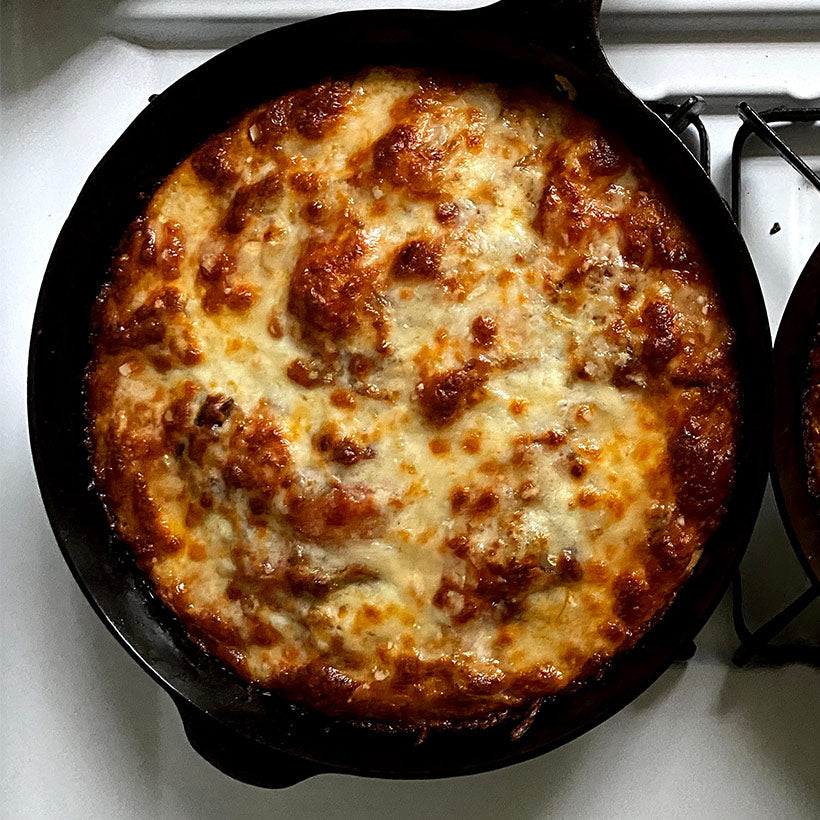Did you know the American Heart Association recommends eating two servings of seafood each week? Fish are a natural source of omega-3s and other essential vitamins and minerals. Yet more than 80 percent of Americans struggle to get their weekly servings of seafood, according to the USDA. To help you incorporate more deliciously healthy fish into your diet, we’re sharing our favorite cast iron halibut recipe.
Thanks to its delicate flavor and meaty texture, halibut lends itself to a variety of dishes and cooking methods. One of the most popular types of white fish in the USA, halibut are large flatfish found on both sides of the North Pacific. Bonus: Pacific halibut is not at risk, making it a great option if you’re looking for sustainable seafood.
Keep reading to discover the nutritional benefits of eating seafood and easy tips for how to cook halibut in your cast iron skillet like a pro.
Benefits of eating seafood
Promotes heart health
Seafood is a great natural source of omega-3 fatty acids. These essential fatty acids support heart health by lowering blood pressure and triglyceride levels, reducing arterial plaque formation, and raising HDL (good) cholesterol levels. To ensure you are getting enough omega-3s, the American Heart Association recommends eating 2 servings of seafood per week. However, not all fish are created equal—to optimize your intake, focus on fish that have the highest omega-3 content, like mackerel, herring, salmon, bass, and halibut.
Rich in vitamins
In addition to essential fatty acids, seafood is rich in vitamins and minerals that are vital to your health.
Vitamin D supports the growth of healthy cells and bones, boosts your immune system, and helps combat high blood pressure, heart disease, and depression. Surprisingly, 40 percent of the US population is deficient or low in this important nutrient. Luckily, fish is one of the best (and tastiest) dietary sources of vitamin D, with fatty fish like salmon containing the highest amounts.
The B-complex vitamins, like B12, that are found in seafood also support many of your body’s important functions, including:




